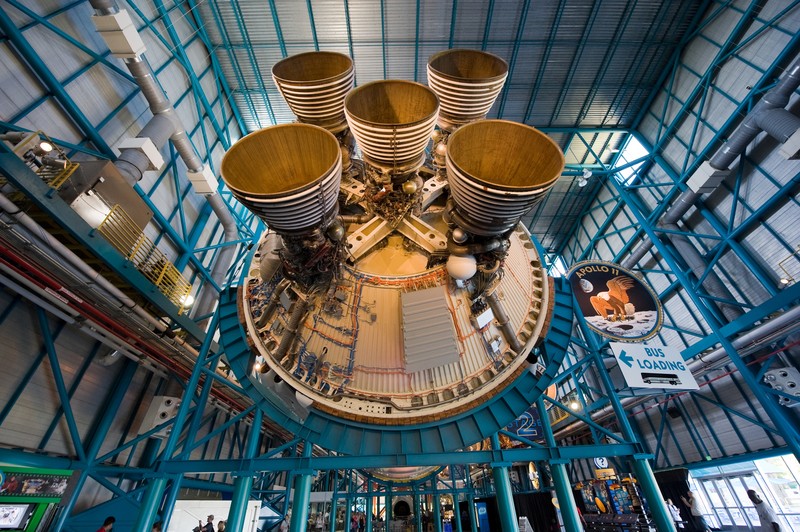Of course the number one important component is the right propulsion system:
Propulsion systems may be ranked by two quantities: their specific impulse, and final velocity of travel. Specific impulse equals thrust multiplied by the time over which the thrust acts. At present, almost all our rockets are based on chemical reactions. We see that chemical rockets have the smallest specific impulse, since they only operate for a few minutes. Their thrust may be measured in millions of pounds, but they operate for such a small duration that their specific impulse is quite small.
NASA is experimenting today with ion engines, which have a much larger specific impulse, since they can operate for months, but have an extremely low thrust. For example, an ion engine which ejects cesium ions may have the thrust of a few ounces, but in deep space they may reach great velocities over a period of time since they can operate continuously. They make up in time what they lose in thrust. Eventually, long-haul missions between planets may be conducted by ion engines.
This is really intelligent stuff and hopefully within the next few decades we can continue to make strides in space travel! And you may want to check out some of the other recent NASA test launches on video!
thanks to Dr. Michio Kaku for the great info
https://www.youtube.com/watch?v=CA5c1lVC-0o

Never